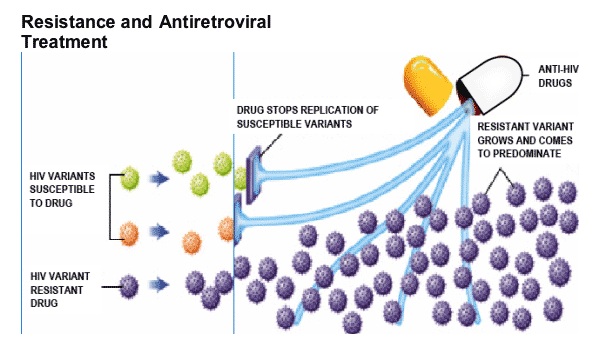
Three in five HIV-carriers now have access to drugs: UN
Why it is in news?
- Almost three in five people infected with HIV, or 21.7 million globally, took antiretroviral therapy in 2017 a new record for anti-AIDS drug access, the UNAIDS said.
- There were 36.9 million people living with the immune system-attacking virus in 2017, of whom 15.2 million were not getting the drugs they need — the lowest number since the epidemic exploded, the joint UN programme on HIV/AIDS reported.
- Hailing progress in curbing new infections and deaths, the agency nevertheless lamented the mounting human toll: almost 80 million infections and 35.4 million lives lost since the first cases became known in the early 1980s.
- Progress made to date risks being halted, even reversed, if funding and world attention is allowed to dwindle, the agency warned.
Mission 2020
- We are short by $7 billion per year to maintain our results and to achieve our objectives for 2020
- Without these resources, there is a big risk of the epidemic rebounding, of an increase in mortality due to AIDS.
- In 2017, about $20.6 billion was available for AIDS programmes in low-and middle-income countries which funded about 56% from their own budgets, said the report.
- Under Donald Trump, the U.S. administration — a major funder of AIDS programmes historically, has threatened to cut spending.
- The UN goal is for 90% of all HIV-positive people to know their status by 2020. Of these, at least 90% must receive ART, and the HIV virus be suppressed in 90% of those.
- Assessing progress towards the target, UNAIDS said 1.8 million people became newly infected with HIV in 2017.
- This was down from about 1.9 million the year before, and 3.4 million at the peak of the epidemic in 1996.
- Deaths declined from 9,90,000 to 9,40,000 year-on-year, compared to 1.9 million in 2005 and 1.4 million in 2010.
Antiretroviral therapy
- The number of people on antiretroviral therapy (ART) grew from 19.4 million in 2016 to 21.7 million last year — up from a mere 6,11,000 in the year 2000 and 2.1 million in 2005, said the report released in the run-up to the International AIDS Conference in Amsterdam next week.
- This helped boost the number of people living with the virus from 36.3 million in 2016 to 36.9 million last year.
- Despite more than three decades of research, there is no cure or vaccine and HIV-positive people have to take lifelong treatment that can be expensive and have nasty side-effects.
- ART inhibits the virus and can limit its spread between people — mainly through sex — but does not kill it.
- UNAIDS reported large variation between world regions in the battle against the killer virus.
- In the West Asia and north Africa, for example, less than a third of people with HIV have access to ARV, only 36% of those in eastern Europe and central Asia, and 40% in west and central Africa. For west and central Europe and North America, the number is 78%, with about 1.7 million out of 2.2 million infected people on ARV, said UNAIDS. In east and southern Africa — home to 53% of people living with HIV in the world — deaths declined by 42% from 2010 to 2017, thanks largely to the widespread rollout of treatment.

Source
The Hindu

